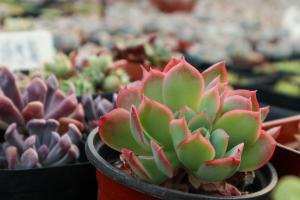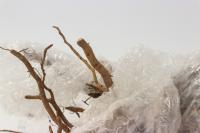1、 Curing method
1. Temperature: the most suitable temperature for the growth and flowering of Paulownia is between 15 and 30 degrees. The temperature at night can be slightly lower, but try not to be lower than 13 degrees. Its cold resistance is also good. It can stand freezing temperature, but it can't be too low
2. Illumination: Paulownia is a kind of light loving plant, but it can grow better in semi shade. Therefore, the sunshine rifle can be placed outdoors when it is too strong, but it needs to be placed in a cool place and adjusted according to the specific situation. In winter, you can't put it in a too dark place

3. Watering: tung trees like to be wet and need more water during the growth period, so it is more appropriate to keep the substrate wet, but try not to accumulate too much water, otherwise it will also be harmful. In winter when the temperature is relatively low, there is no need to pour too much water
4. Fertilization: tung trees don't need too much fertilizer. It's best to add some base fertilizer, but not too much. Usually topdressing is not necessary too much, but once or twice a month. Relatively speaking, the fertilizer at flowering is more important
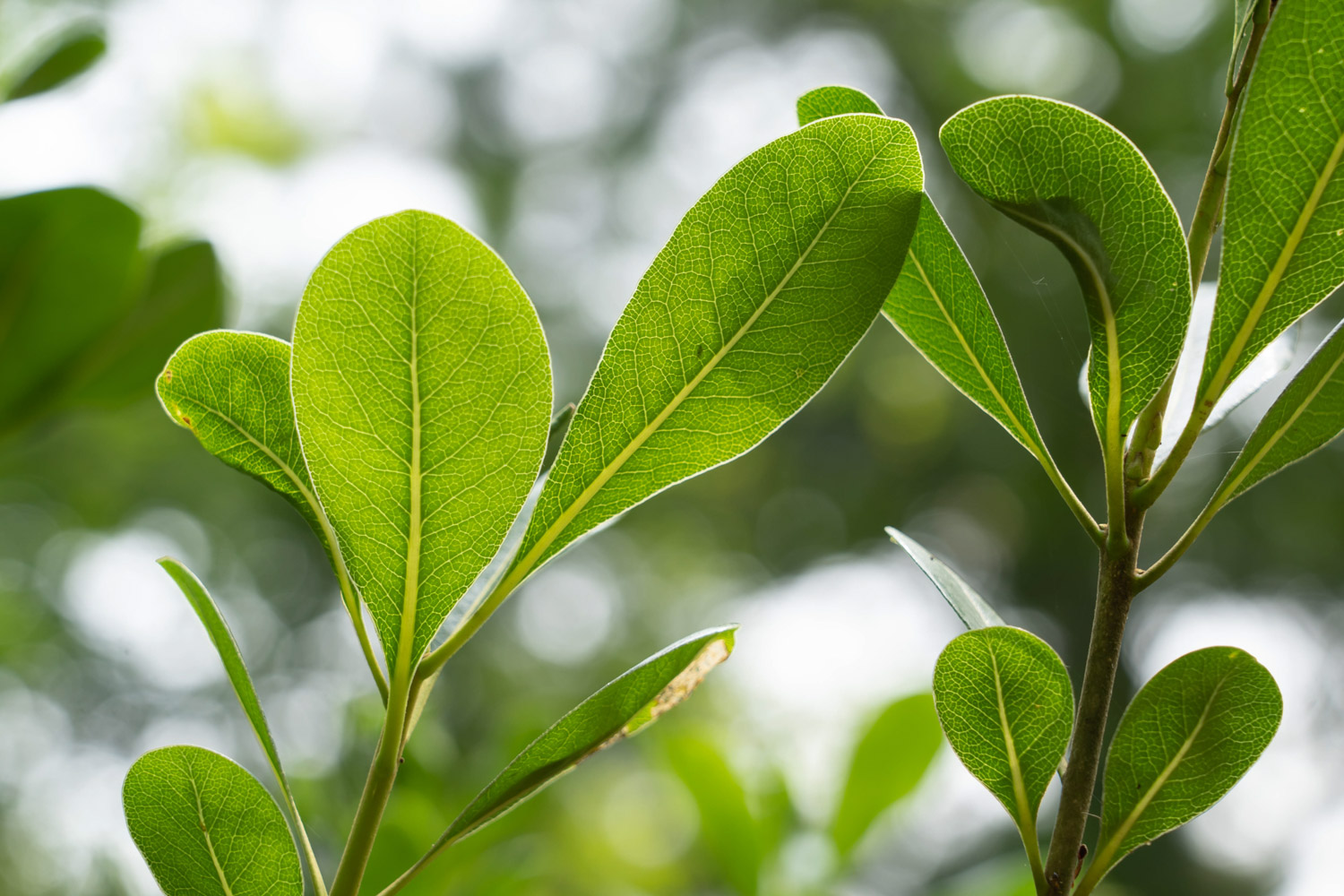
2、 Breeding skills
1. Reproduction: sowing can be used. October to November is a good season to collect fruits. Wash the fruit, then take out the seeds and save them in wet sand. It can be sown in the spring of the next year. Generally speaking, the method of "drill sowing" is more appropriate. Keep the seeds moist after sowing. Generally speaking, it takes about two years for seedlings to be put into pots
2. Pruning: tung trees have certain requirements for usual pruning. Mainly after flowering, in addition to pruning the remaining flowers, you can also rest some inappropriate branches
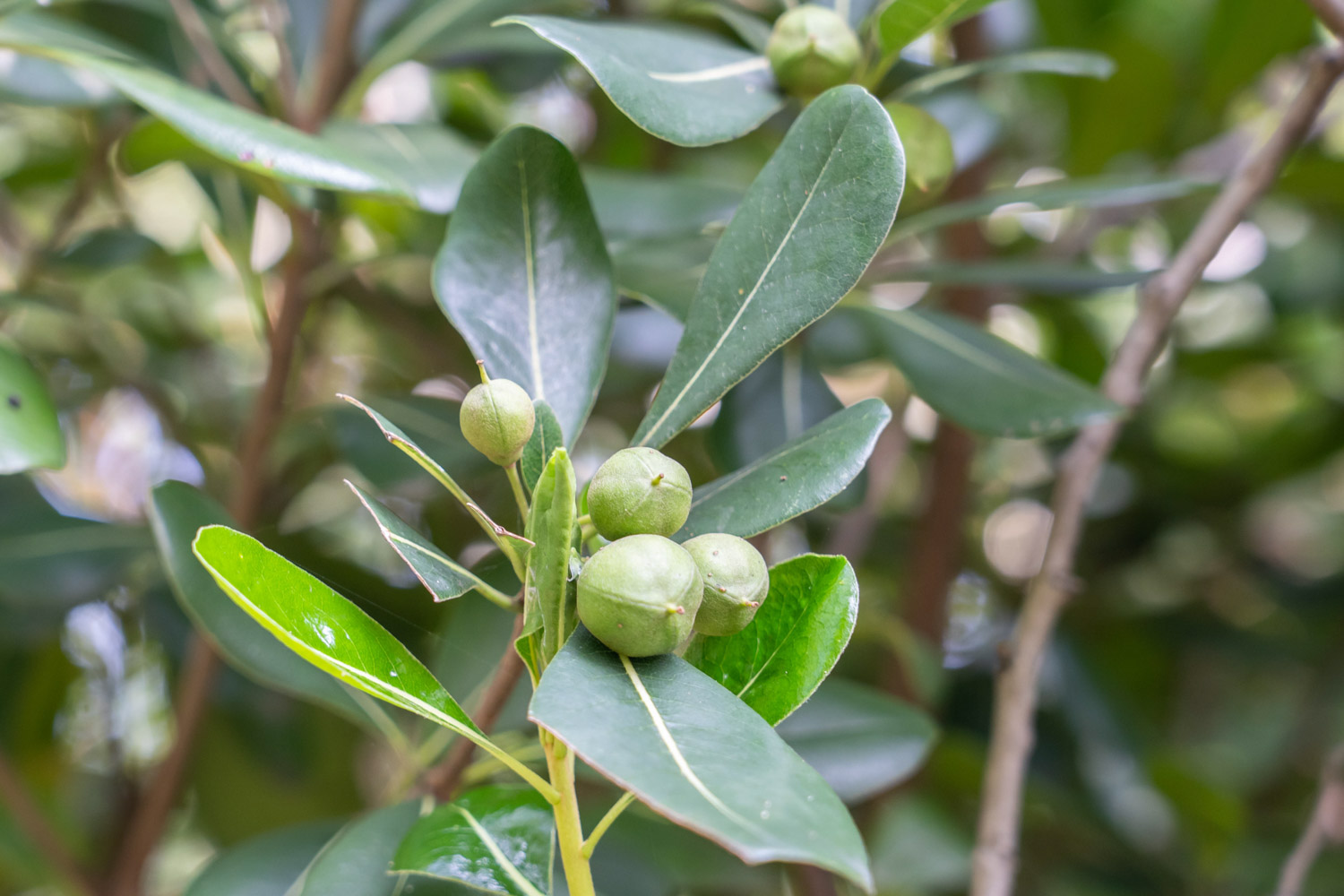
3、 Diagnosis and treatment problems
1. Diseases: in the environment of high temperature and high humidity, diseases are more likely to occur, such as "leaf spot", "anthrax", which can be treated with chlorothalonil, and the infected parts shall be cut off in time, and more ventilation is needed
2. Insect pests: "scale insects" and "ladybugs" are relatively common. It can be prevented and controlled by quick culling and imidacloprid
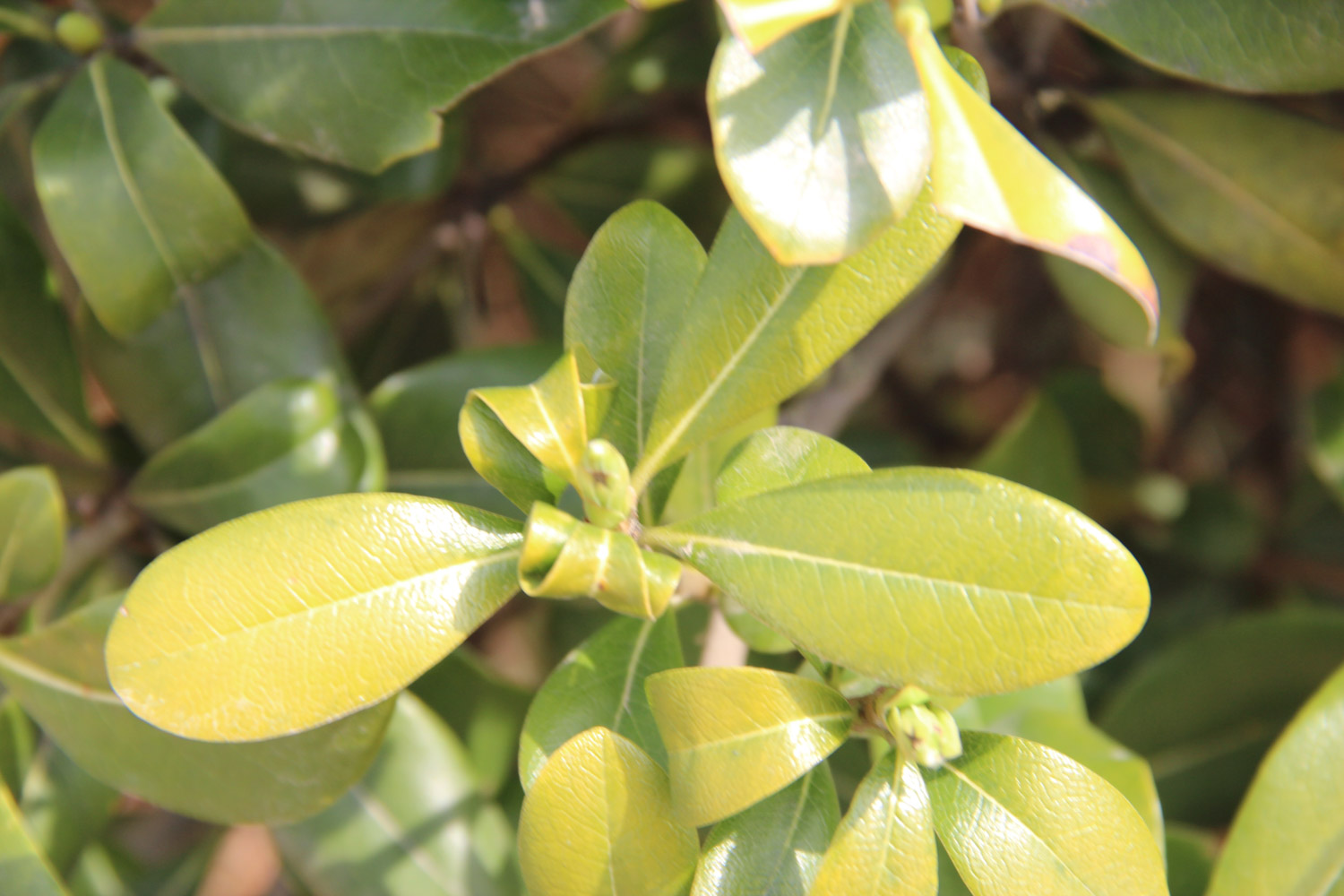
4、 Other issues
1. Toxicity: it is non-toxic
2. Whether it can be raised at home: because its height is relatively high, it is generally not raised at home unless there is a large courtyard. It has many uses in gardens

 jackfruit
jackfruit snake plant
snake plant hibiscus
hibiscus hydrangea
hydrangea lavender
lavender Green roses climb al...
Green roses climb al... If you don't pay att...
If you don't pay att... Management of four g...
Management of four g...





